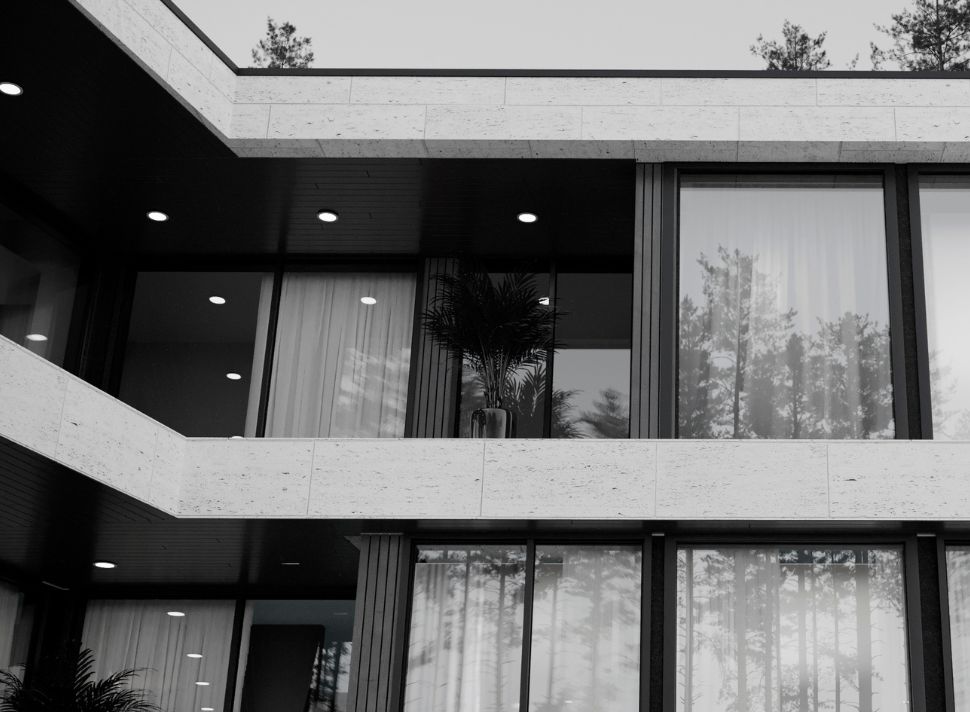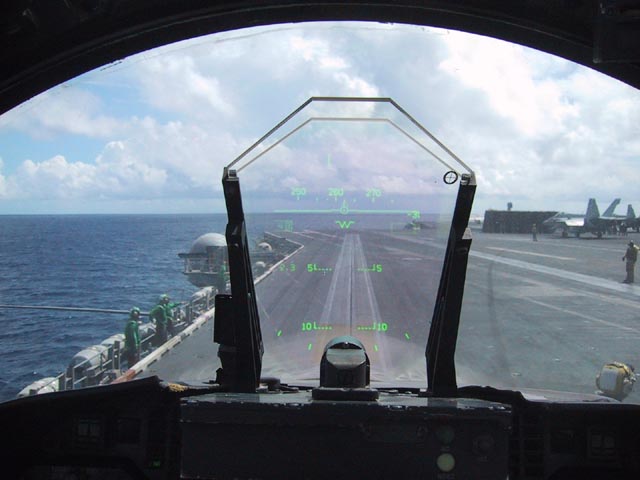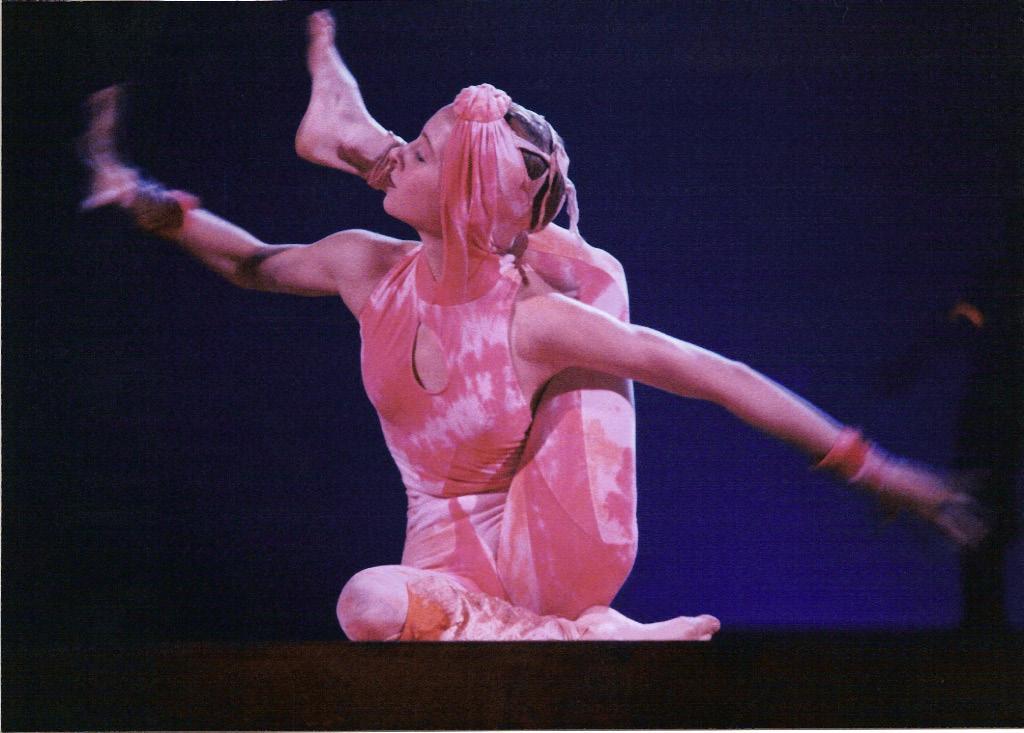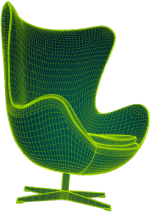THE HISTORY OF 3D RENDERING: Augmented reality. Part 2
Augmented Reality in the 1990s
After the term “Augmented Reality” was introduced at the beginning of the 1990s, AR became a fact of real world and continued to gradually evolve. In this decade the first effective AR systems were developed to support immersion of the user into mixed virtual environments. The rapid progress in AR in this decade was mainly boosted by Military and NASA researches.
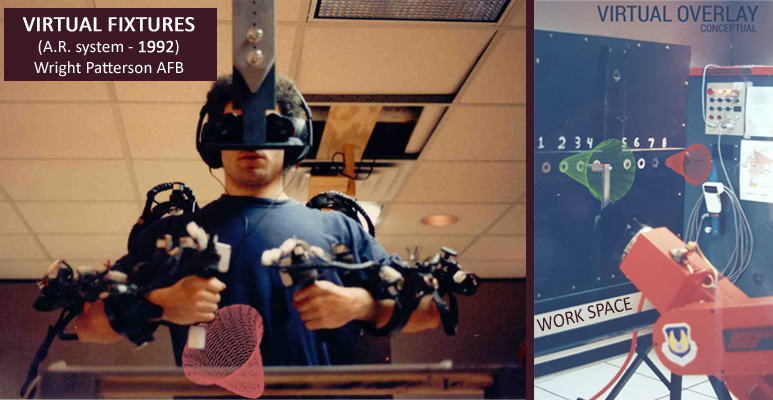
The first scientific papers on AR were also published in 1990s. As for the literature, William Gibson in his 1994 si-fi novel Virtual Light gave the first description of AR as we know it nowadays. One more new sphere for AR application in this decade – theatre performances.
Here are some landmarks in evolution of AR in the 1990s.
Effective Flight Training
A decade-long researches at the Aviation Research Laboratory in the University of Illinois at Urbana Champaign used adaptive AR (a flight trajectory in the sky) to enhance flying skills of the students learning to land an airplane on a fly stimulator. Students were shown AR only when they leave the flight path. In the paper of 1990 it was shown that this method proved to be more effective than training without AR or with constant AR.
Virtual Fixtures
That is the name of the AR system, developed by Louis Rosenberg at the US AF Research Laboratory in 1992. It is considered the first immersive system of AR . To perform his tasks the operator wore an upper-body exoskeleton and an optical construction with two binocular magnifies. The user manipulated the robots’ hands as if they were his, the immersion was provided by the optic system. The system comprised CG perceptual overlays, such as virtual fields, barriers, and the real skills of the operator in manipulating in direct and remote tasks were enhanced.
CMOS Active-Pixel Sensors
In 1993 AR technology was boosted by the development of CMOS Active-pixel sensor (APS) at Jet Propulsion Laboratory of NASA. CMOS means Complementary metal oxide semiconductor. Each pixel cell of the matrix contains a photodiode and transistors. This technology surpassed the previous one, charge-coupled device (CCD) image sensors, as it worked faster, less energy-intensively, and was easier in manufacturing. Nowadays CMOS APS are widely used in most digital cameras and optical systems of AR.
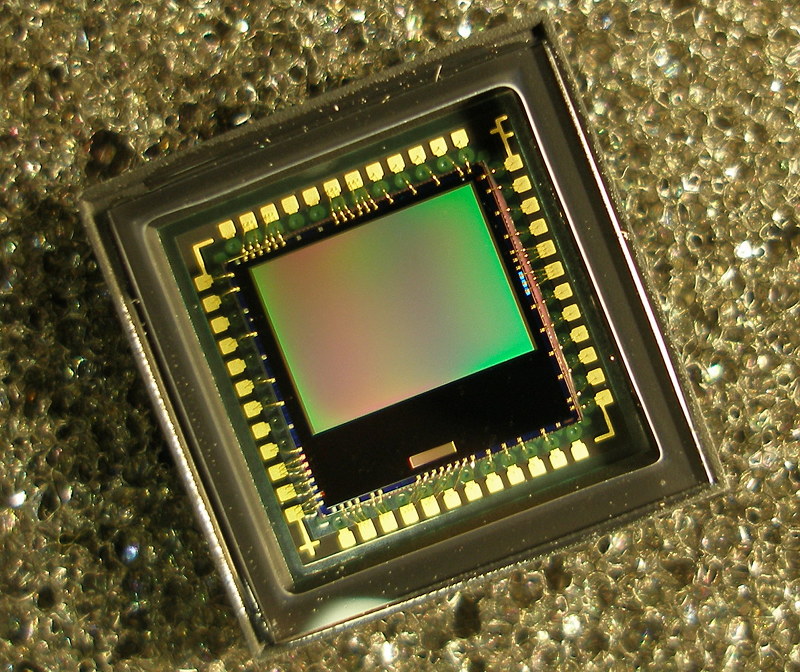
Sorting Space Debris
In 1993 Mike Abernathy, Houchard, J, Puccetti, M, Lambert, J, scientists from Rockwell International, in their paper “Debris Correlation Using the Rockwell WorldView System” described their experience in application AR for their research. Video map overlays of geographic coordinates of trajectories of space debris and satellite tracks were overlaid to video from telescope. That enabled telescope operators to determine and sort different space objects.
Unpublished Paper
In 1993 STRICOM sponsored Loral WDL in the first demonstration of AR-equipped cars and manned simulators. The paper, describing the novelty, by J. Barrilleaux, "Experiences and Observations in Applying Augmented Reality to Live Training", remained unpublished.
Dancing In Cyberspace
“Dancing in Cyberspace” was the first experience of implementation of AR in a theatre performance. That happened in Australia in 1994. The installation was created by Julie Martin, pioneering in the sphere. The performance introduced acrobats and dancers immersed in AR, presented in the form of virtual objects and environments, projected on a real stage. The actors manipulated virtual objects of a body size in real time. AR and VR were designed by Silicon Graphics computers.
Tracking Engine Blocks
In 1995 at the University of Massachusetts S. Ravela et al. developed a new vision-based system with monocular cameras, employing AR to track engine blocks.
Patent Of General Electrics
In 1996 General Electrics patented a new method of overlaying a projection of a 3D computer model onto a real model. The system consisted of a computer and a projector. A computer generated 3D images and a projector overlaid them onto real objects.
Spatial Augmented Reality
Spatial augmented reality was introduced by Ramesh Rascar, Welch and Henry Fuchs at the University of North Carolina in 1998.
Successful Flight Test
In 1999 The NASA Johnson Space Center researches Frank J Delgado, Michael F. Abernathy et al. developed the real-time 3D flight guidance with Landform software video map overlays for NASA X-38, an experimental prototype test vehicle for emergency Crew Return Vehicles (CRV). CRV were designed to return space crew from onboard International Space Station to earth. NASA X-38 (P5) was a wingless lifting body vehicle that was used for flight demonstrations. The Landform software enabled the astronauts to operate in the situations of limited visibility with nothing but AR overlays to rely on. The 3D displays developed by the researches were intended to provide full flight guidance and situation awareness for the pilots. These displays comprised GPS systems, 3D terrain images, HUD and landing areas locations, so while returning from any point on the orbit all necessary information could be available: buildings, roads with their names, taxiways, runways etc. Aeronautical and satellite maps were overlaid on 3D terrain model. A successful test of Landform software was performed at Army Yuma Proving Ground in the helicopter (P6). In the same year X-38 flew for the first time using Landform software at Dryden Flight Research Centre (since 2014 - Neil A. Armstrong Flight Research Centre).
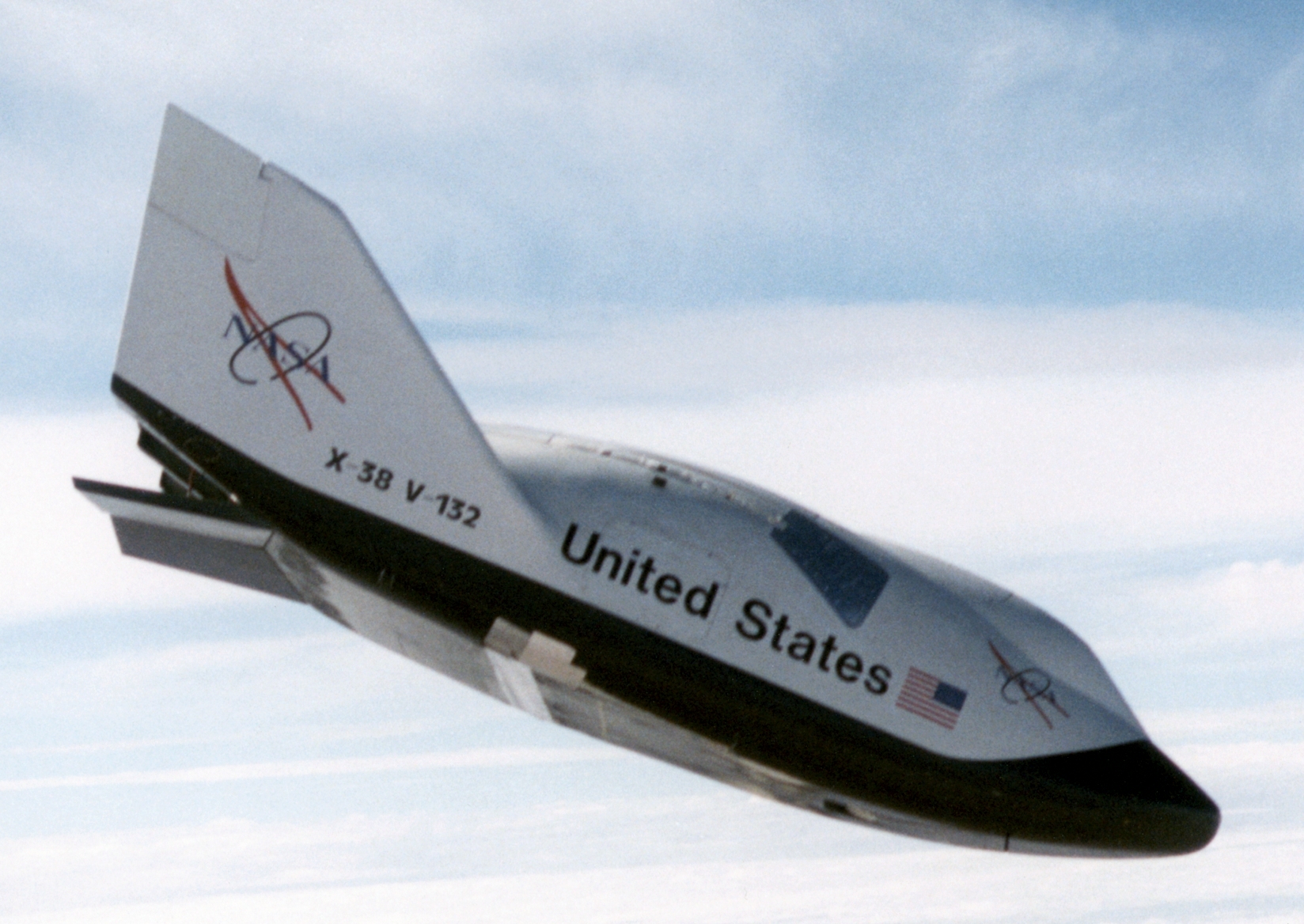
BARS
BARS means Battlefield Augmented Reality System. It was a decade-long project, devised in the US Naval Research Laboratory. The wearable optical systems were intended for training and enhancing situation awareness of dismounted soldiers, acting in city environments.

